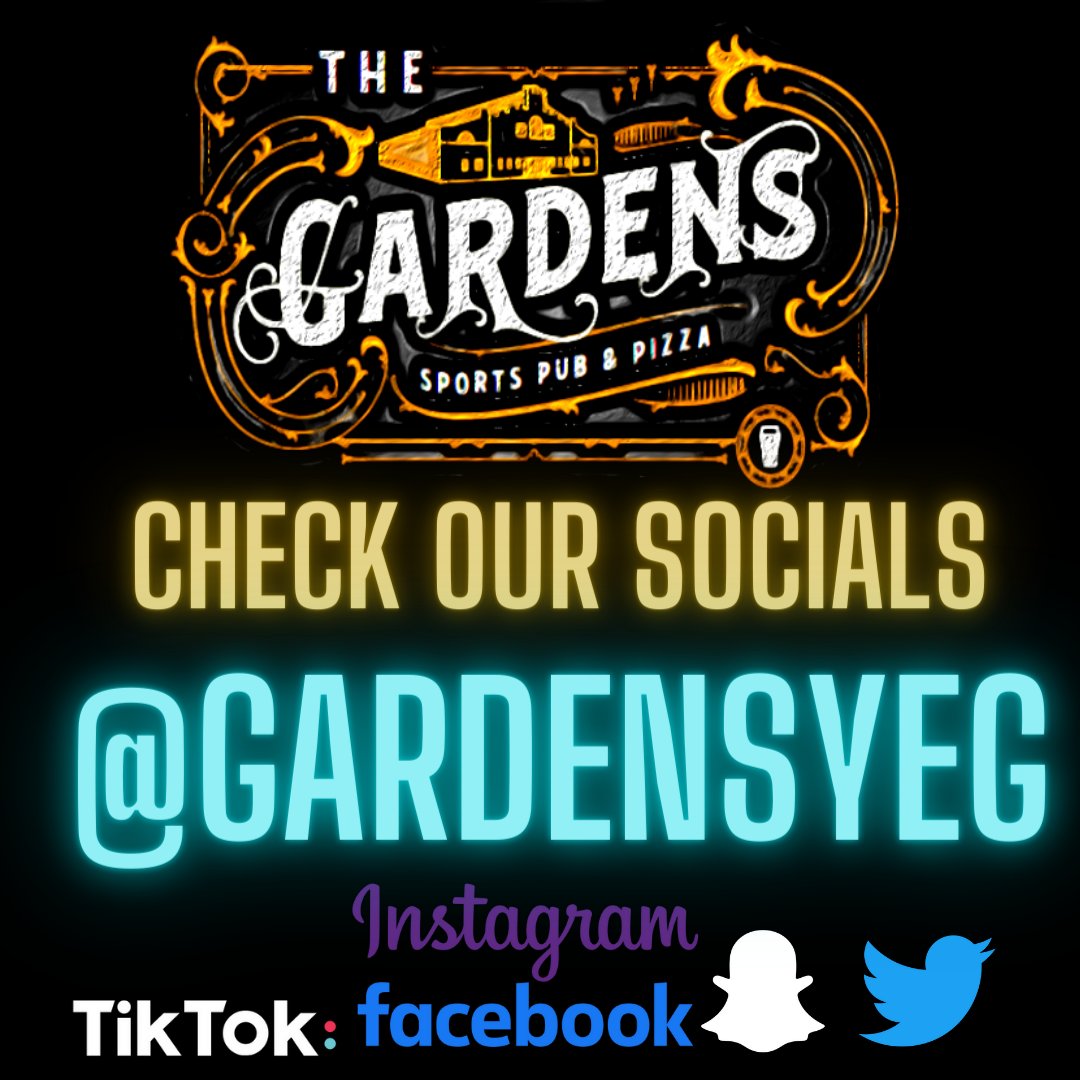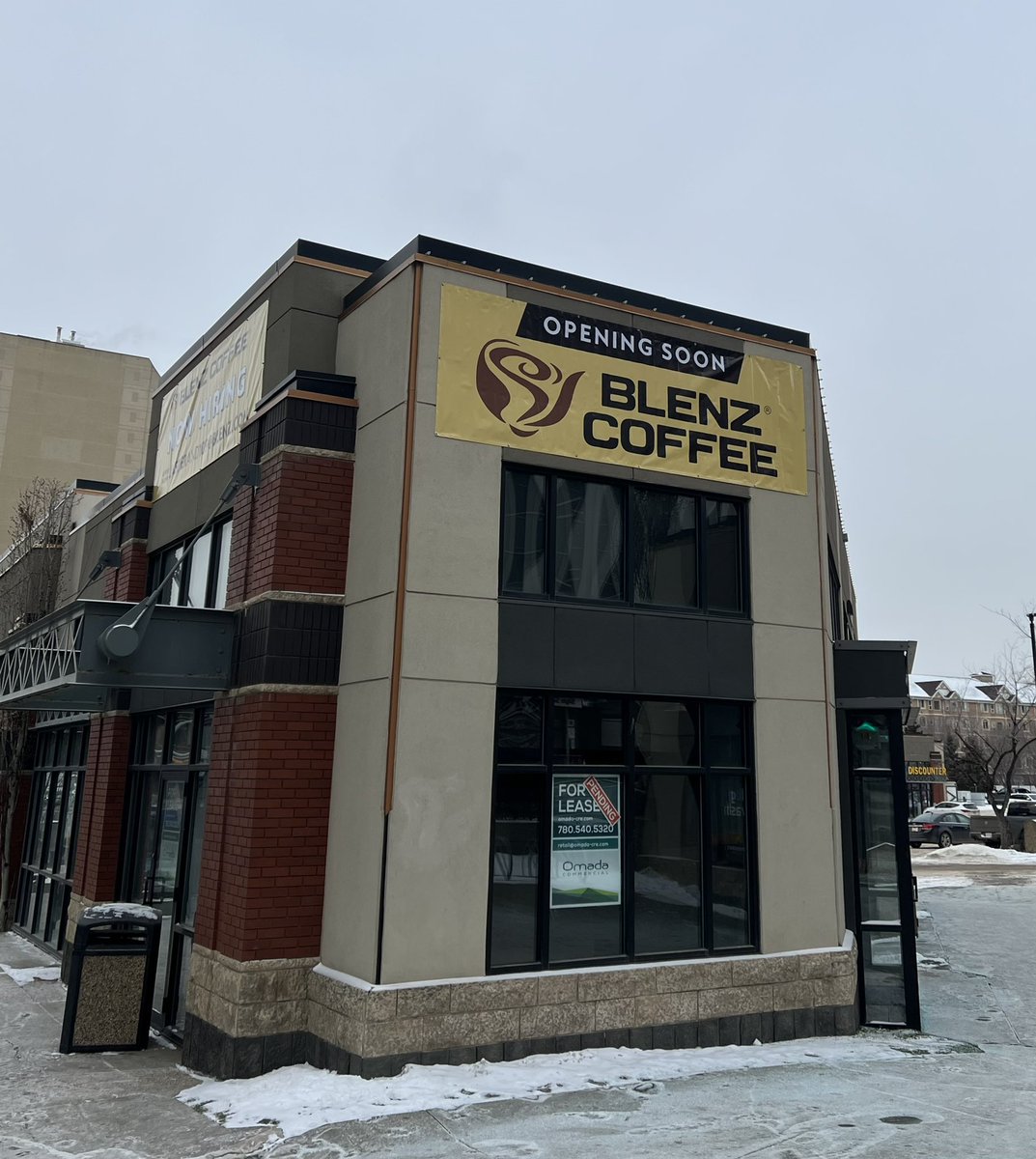IanO
Superstar
CRLs and their respective investments are inherently and fundamentally created to leverage future (tax) uplift and perpetuate the snowball by reinvesting in infrastructure to support additional development. While it is noble and important to focus on access to public washrooms and non-market housing, this is a very slippery slope to consider and one that is likely to raise provincial eyebrows.
While one could argue that both may directly or indirectly lead to a more inclusive, inviting and successful Downtown, does this motion align with and adhere to the original intent?
While one could argue that both may directly or indirectly lead to a more inclusive, inviting and successful Downtown, does this motion align with and adhere to the original intent?






